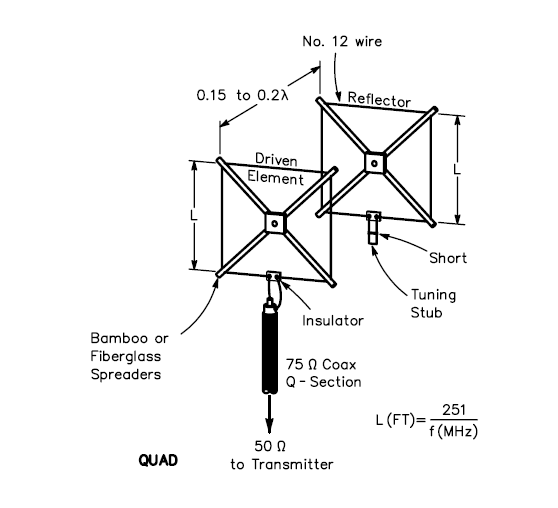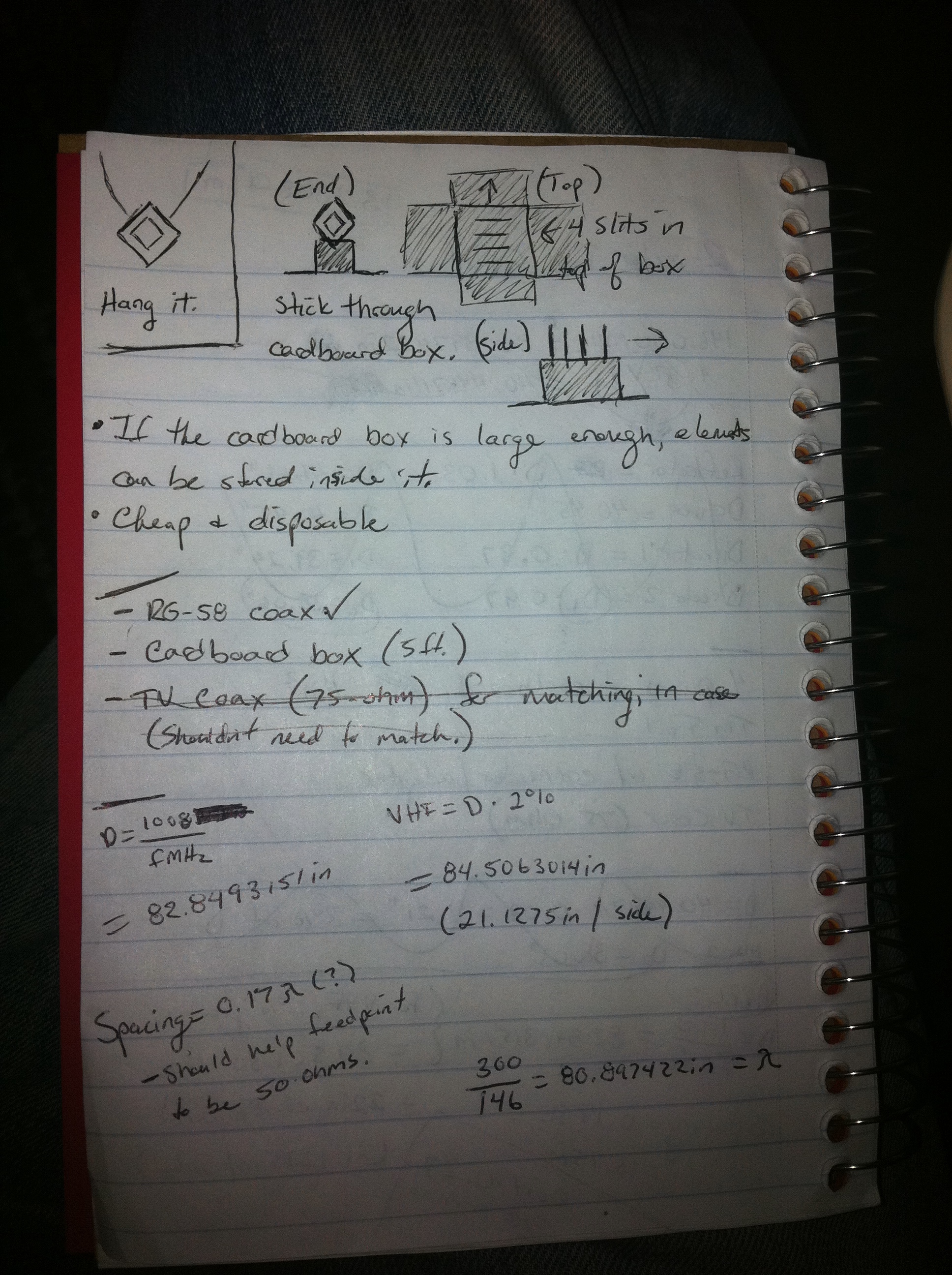Don’t forget about the VHF Sweeps coming up this weekend!
VHF Sweepstakes
From the ARRL’s Contest Website:
To work as many amateur stations in as many different 2 degrees x 1 degree grid squares as possible using authorized frequencies above 50 MHz. Foreign stations work W/VE amateurs only.
Begins 1900 UTC Saturday, ends 0359 UTC Monday (January 22-24, 2011). On all authorized frequencies above 50 MHz (6 Meters).
Single Operator, High Power:
1500 Watts PEP or the maximum allowable power level established by the national licensing authority of your country, whichever is lower.
Single Operator, Low Power:
50 MHz and 144 MHz–200 W PEP.
222 MHz and 432 MHz–100 W PEP.
902 MHz and above–10 W PEP.
Single Operator Portable:
Ten (10) W PEP output or less.
Portable power source.
Portable equipment and antennas.
Multioperator:
1500 Watts PEP or the maximum allowable power level established by the national licensing authority of your country, whichever is lower.
Limited Multioperator:
1500 Watts PEP or the maximum allowable power level established by the national licensing authority of your country, whichever is lower.
Rover:
1500 Watts PEP or the maximum allowable power level established by the national licensing authority of your country, whichever is lower.
Limited Rover:
50 MHz and 144 MHz–200 W PEP.
222 MHz and 432 MHz–100 W PEP.
902 MHz and above–10 W PEP.
Unlimited Rover:
1500 Watts PEP or the maximum allowable power level established by the national licensing authority of your country, whichever is lower.
Certificates will be awarded in the following categories:
Single Operator: – Top Single Operator in each ARRL/RAC Section for high and low power.
– Top Single Operator on each band (50, 144, 222, 432, 902, 1296 and 2304-and-up categories) in each ARRL/RAC Section where significant effort or competition is evident. (Note: Since the highest score per band will be the award winner for that band, an entrant may win a certificate with additional single-band endorsements.) For example, if KA1RWY has the highest single-operator all-band score in the CT Section and her 50- and 222-MHz scores are higher than any other CT single operator



